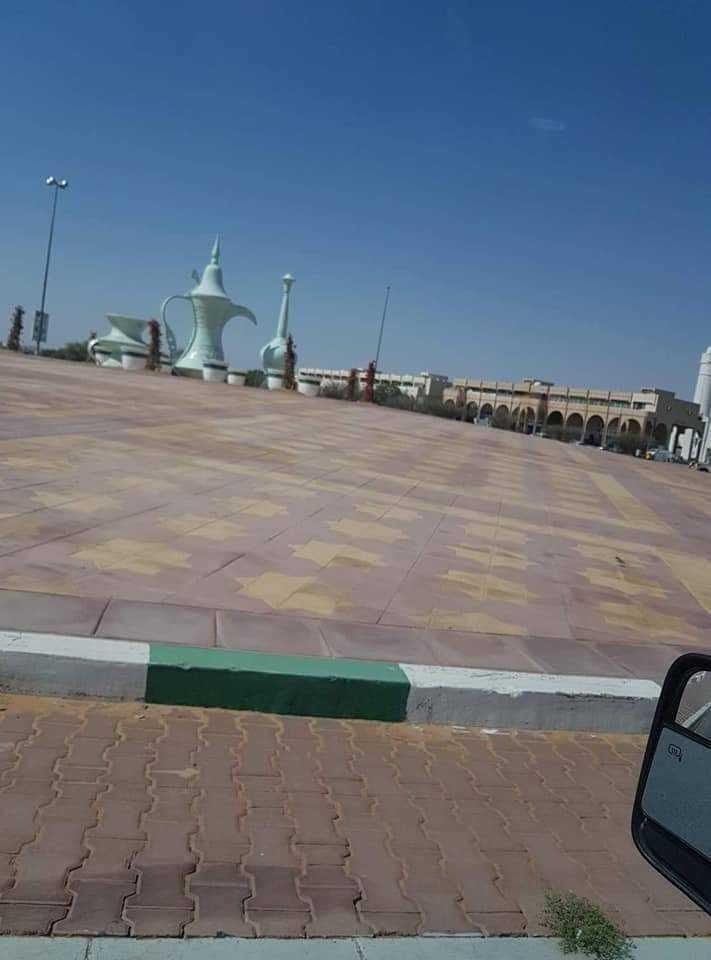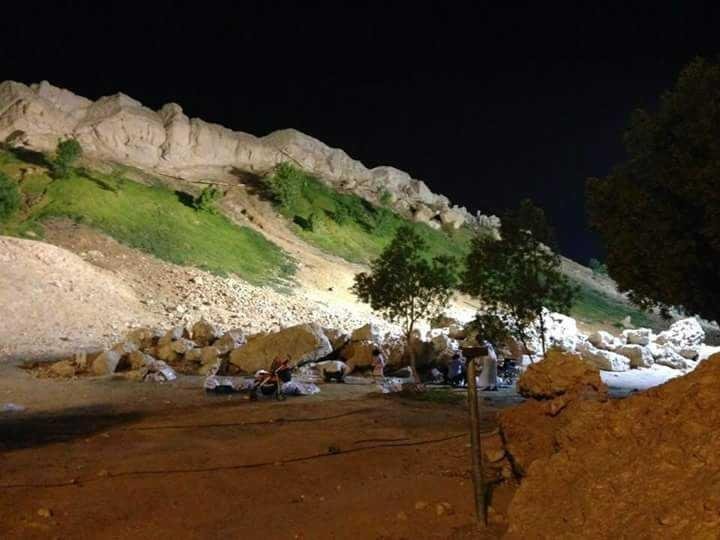Abu Dhabi - Recently published by the researcher in history Mohamed Fatih Zaghl, a documentary book for the castles and fortresses of the city of "Al Ain" of the Emirate of Abu Dhabi in the United Arab Emirates. In his document, the author celebrates "the feelings of human warmth" revealed by the history of these clay-built structures. Even if the book is published, it bears the title "The Memory of Mud, Evidence of Architectural and Military Heritage in Al Ain", to be a study of the historian Zaghloul, to preserve the heritage and advance the history of the region for present and future generations that will come.

Castles and forts in the city of Al Ain are among the most important monuments that still bear witness to the period from the 17th century to the 19th century. These historic buildings varied between large castles or fortresses that came in the form of towers or squares.
This area is historically known by many names such as Tawam, Buraimi Oasis and Al Ain, meaning the water fountain. The city dates back to 3,000 BC, and is considered the country's cultural heritage center.
The clay architecture that characterizes Al Ain is the most widespread in history. Has emerged and crystallized the first features in the civilizations of the East, including archaeological excavations and historical novels and observations, in addition to attracting scholars of history and excavations and students of anthropology.

The historic city of Al Ain has long been a center for research on the history of clay structures and how humans treat ancient architecture. The United Nations has benefited from this heritage to indicate its statistics that a third of the world's population still inhabit clay-built houses or enter mud (or earth) as a major component of the building material used in its construction.
"Despite the erosion of its physical and moral framework, it still affects the collective conscience of individuals and still has a vivid memory. It derives its presence from the strength of the different urban and architectural presence within the general fabric of the building," says researcher Fatih Zaghl, commenting on his findings in his historical study. This memory preserves its continuity among the generations and its constant connection with the present and the future. On the other hand, the city of Al Ain is part of the culture of the homeland and its identity and cultural personality. It has carried the history of nations and peoples and their cultures through many of the effects that included the first writings of these cultures. "
The city of Al Ain is the spirit of the Emirate of Abu Dhabi. It draws on the spirit of the combination of Mount Hafeet with the Palm Oasis and Desert, a combination that has been able to adapt naturally to more than 5,000 years of history, , Especially the mud building tradition.

Historical sources indicate that clay was the first material to be used in construction, along with other auxiliary materials such as stone, wood, reeds, papyrus and palm leaves. It seems that there is a spiritual dimension linking man to clay, which is the main component of his creation, which contributed more to the adoption of this article as a major component of its architecture. As the clay material achieves a great deal of harmony and harmony between man and his vital environment, this harmony and harmony has helped more in the continuation of mud architecture throughout the ages.
"The house is the natural habitat of the housing function," said Pachlar, a philosopher who was present in Zaghloul's book. We not only return to him, but we dream of returning to him. Therefore, the old house in the case of the migration remains an expensive part of human memory. " Which contained the book, which documents through field visits by the author of all the castles and houses that surround the city of Al Ain. The most famous of these are: Al Ain Palace Museum - Al Jahili Fort - Al Muwaijee Fort - Al Majrij Castle - Sheikh Sultan Bin Zayed Bin Khalifa Castle - Al Marbaba Castle - Rumaila Castle - More Castle - Al Anka Castle - Sejia Castle ... all castles and forts used by their daughters for border protection and monitoring Invasions and maintenance of peace and coexistence among tribes.
292 meters high is the city of Al Ain from the sea
The book deals with each of these effects, from the reasons of naming through the words of poetry or prose or words immortal and then describe the place and the historical era in which it was built up to its architectural value. He also focused on the restoration of the city's landmarks over the years, supported by photographs of some old and others newly captured.
Al-Zaghl did not overlook the monitoring of historical references, references and references at the end of each article or research on the impact. For example, the Al Jahili Fort in Al Ain, one of the most important historical buildings in the United Arab Emirates, was built in 1891 to defend the city and protect precious palm plantations. Taken by the former Oman Coast Scout for its mission to protect mountain lanes and maintain inter-tribal peace. It was also home to the local governor.
This reading falls into the castles and fortresses of Al Ain, presented by Fatih Zaghl in his book, in the context of recalling the need to pay attention to the heritage of clay architecture and its inherent artistic heritage with all its contents and stores of diversity, beauty and familiarity. The UAE has taken care of this architectural heritage, and has set up many different restoration workshops that have restored these castles to life.
The reader will note in the pictures in the search how these castles were discovered after restoration or those that are still under restoration. The importance of these works in preserving this memory, as well as the weak resistance of mud building to the factors and the effects of climate that threaten to decline and demise.
It is worth mentioning that Mohammed Fatih Al-Zaghl is a writer and researcher at the Zayed Center for Research and Studies in Abu Dhabi, and has a number of books, including: "Teams of rare Arabic manuscripts - the achievement of the manuscript of the Ornament of the brave and the slogan of the brave with Dr. "The Literary Discourse in Arab Television Broadcasts, The Emirates as a Model" - Achieving the Manuscript "The Masterpiece of the Souls and the Logo of the Residents of Andalusia between Approaching and Alienation" - "A Reading in the Biography of San'a al-Din Ibn al-Khatib and his Political Experience." The book "Memory of the Mud" was recently published in the magazine "Heritage" published by the Sultan bin Zayed Center for Culture and Information in Abu Dhabi.
The author concluded his study by pointing out that the UAE was crowded with castles, forts, squares and towers, but what remained of them is little, given that these buildings were destroyed and burned by the British colonists during the extension of their influence on the region.



World of Photography
>Visit the website<
You have earned 6.50 XP for sharing your photo!
Daily photos: 1/2
Daily comments: 0/5
Multiplier: 1.30
Block time: 2018-07-05T11:39:54
Total XP: 6.50/100.00
Total Photos: 1
Total comments: 0
Total contest wins: 0
Follow: @photocontests
Join the Discord channel: click!
Play and win SBD: @fairlotto
Daily Steem Statistics: @dailysteemreport
Learn how to program Steem-Python applications: @steempytutorials
Developed and sponsored by: @juliank